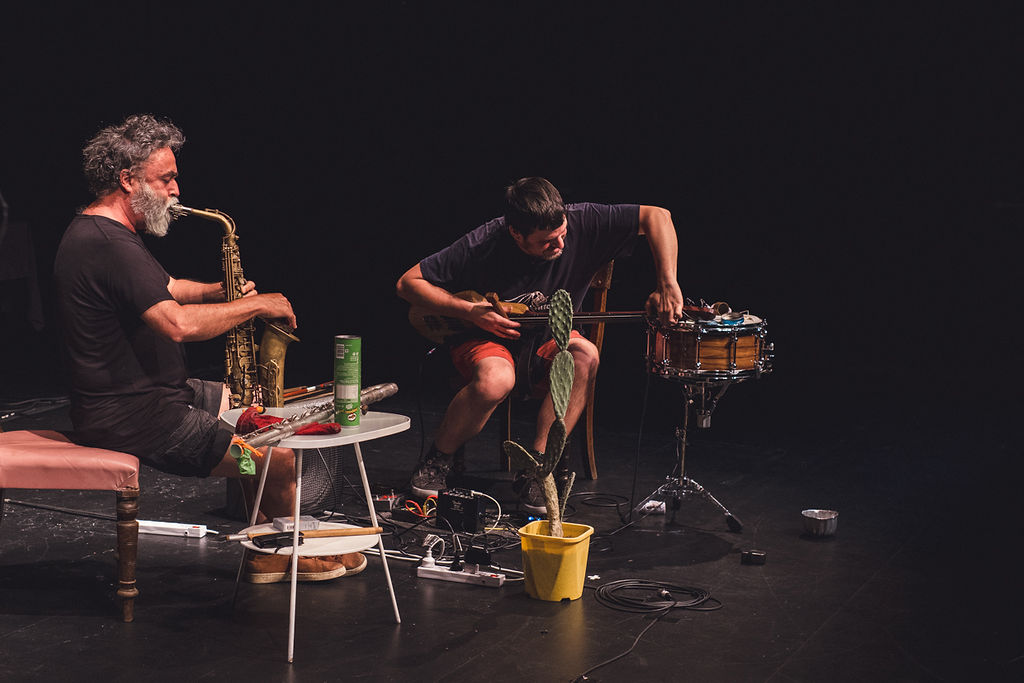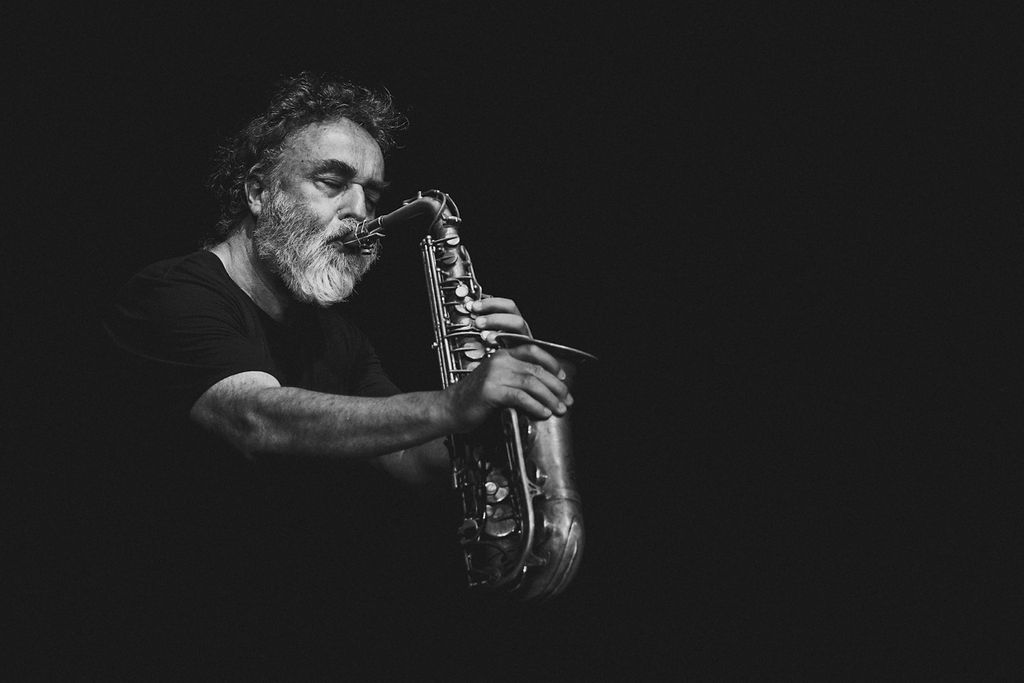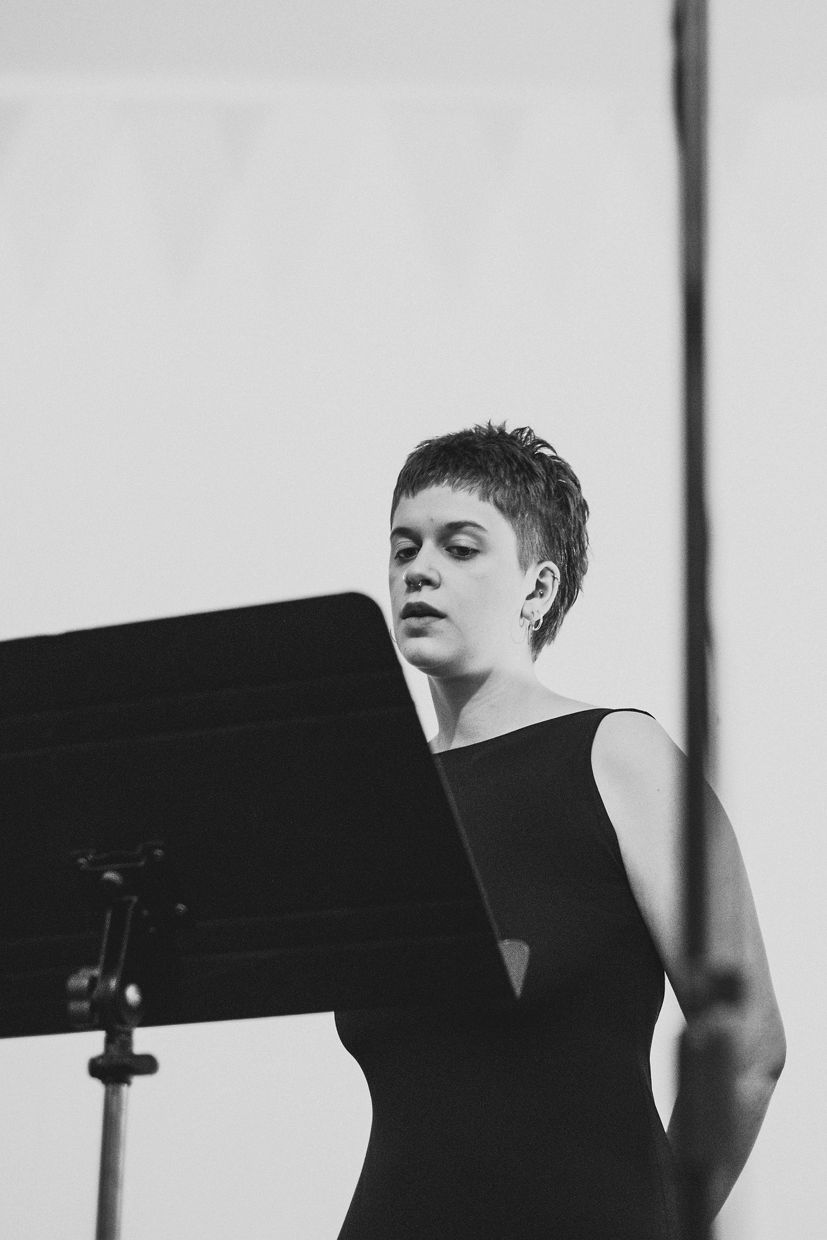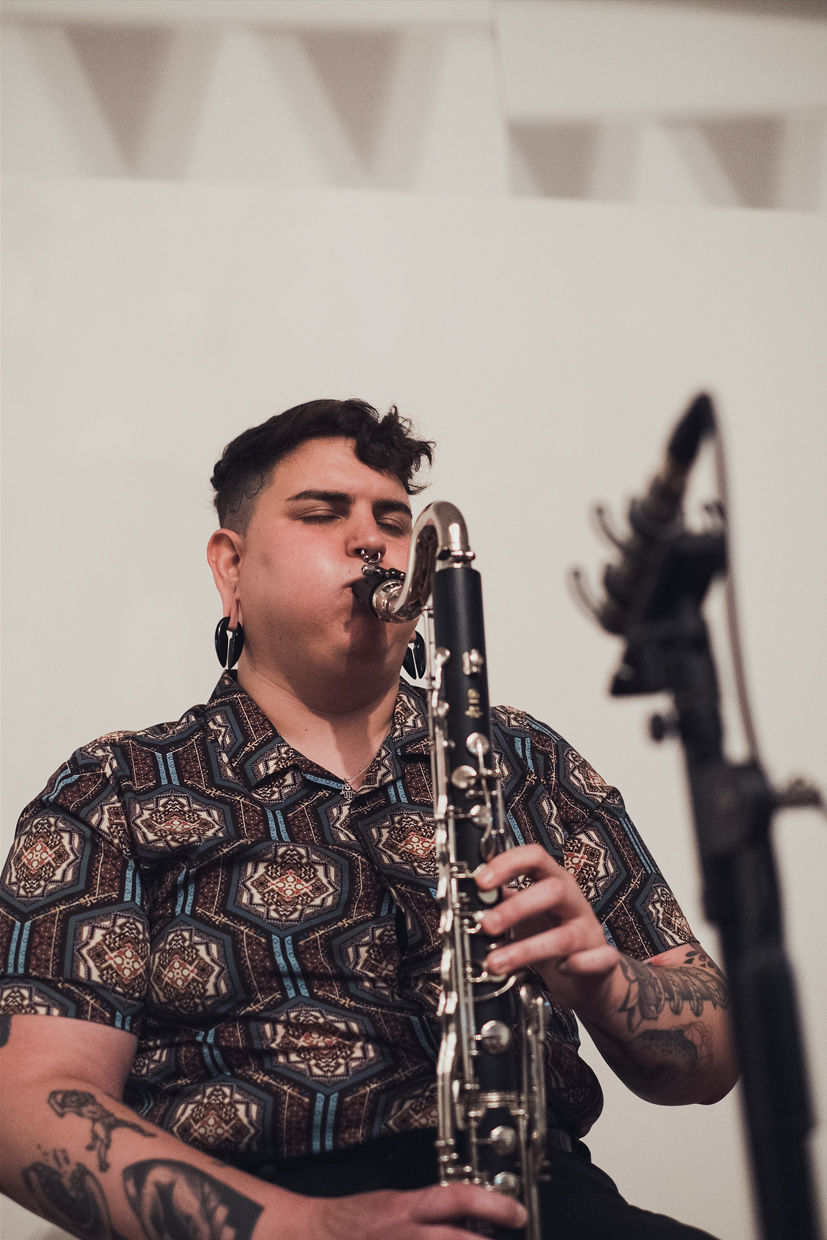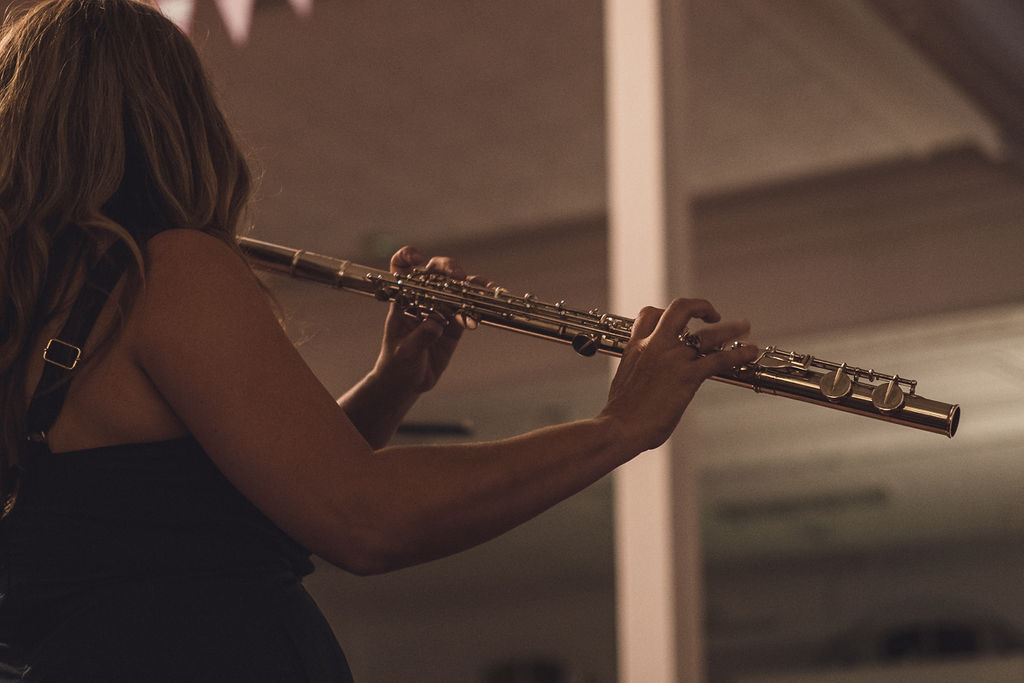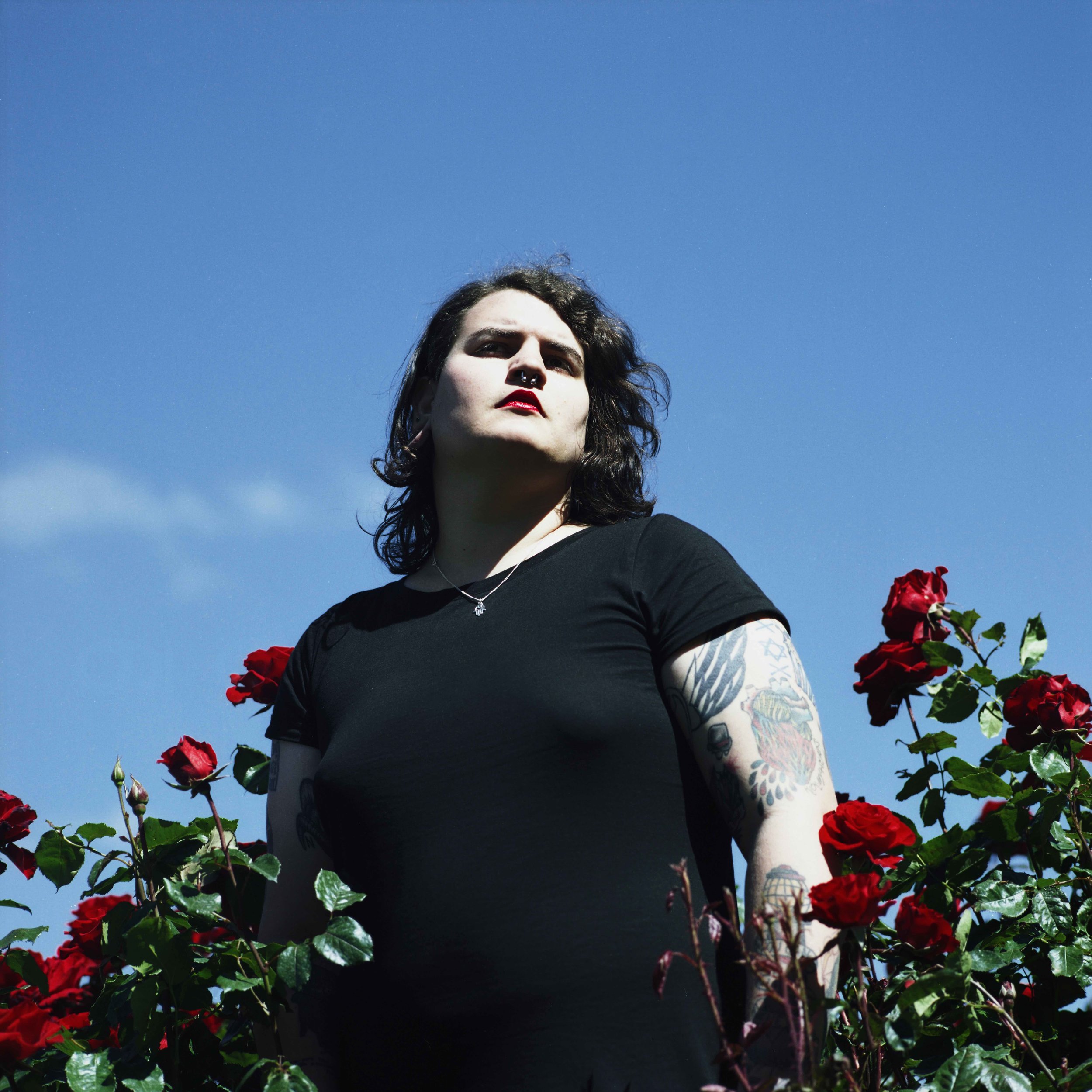#71 - Sounding Together 2020
#70 - Interview with Emilio Gordoa
Josten Myburgh chats with Emilio Gordoa, who features on Berlin Split (TL022). They also have a play together in the park. You can watch their interview below, and also check out the full video of their park duo at this link. You can also check out their upcoming projects in Perth & Australia here.
#69
#68 - Interview with Eduardo Cossio & Djuna Lee (Knots)
#67 - RTR.fm Audible Edge Special
Check out interviews with multiple Audible Edge festival artists, including releasing artists Shoshana Rosenberg, Adam Trainer and The Moon Project.
Hosted by Annika Moses on Difficult Listening.
#66 - Audible Edge 2019
#65 - Audible Edge 2019: Triple Launch
#64 - Andy Butler 'Now and Then'
Audible Edge 2019 composer-in-residence Andy Butler shares thoughts on his work for the festival, Now and Then. The piece will be performed by Butler along with Annika Moses, Djuna Lee, Josten Myburgh and Jameson Feakes on January 28 at the Old Customs House.
When I started to write Now and Then, I had in mind something quite personal — a slow song reflecting thoughts and anxieties about different kinds of uncertainty. After writing lyrics and beginning work on an accompaniment, I quickly became attached to the piece’s musical forms at the expense of its lyrical-melodic content, which I decided to erase. From that point onward, I developed the work as an instrumental piece removed from the themes that motivated its conception. The only thing leftover from the early compositional period is the title, which I kept as a nod to what I removed. It felt appropriate to do that, because the erased material did nevertheless do something important: it inspired and guided the structure and nature of the music, and so it maintains a shadow existence in the bones of the piece.
So far as the music is concerned, I think it is best conceived of as a reflection of my practice as a solo-improviser; as an application of similar processes and contents to a notated, ensemble setting. Described simply, this approach involves the selection of a fairly small number of ideas, which are then repeated and reordered throughout a performance, usually with very limited variation of the ideas themselves. In Now and Then, I employ this approach by limiting the musical raw materials to eight ideas, which are articulated and rearticulated throughout the work in an uneven, disorderly sequence. The ideas themselves began as transcriptions of improvisations, which I fine-tuned and orchestrated for harmonium, guitar, voice, electronics, saxophone, and bass. This instrumentation struck me as a good combination to express what I’d transcribed — a sound-world of soft, layered long-tones.
Because my creative work is mostly undertaken in an improvised setting, my capacity for musical expression is usually constrained by my limitations as a spontaneous creator and keyboardist. Reimagining my work in a notated, ensemble setting is appealing because it allows me to surpass these limitations. New timbrel possibilities emerge, so does the possibility to express my ideas in a way that is communal, rather than individual. I find this communal element especially appealing, partly because I enjoy working with other musicians, and partly because performers’ interpretations of my ideas often lead to interesting reworkings of that content, shedding new light on what is, to me, very familiar material. This latter point motivated many of my compositional decisions in Now and Then. For example, I have generally afforded a lot of rhythmic latitude to the performers, there are passages of improvisation, and certain melodic phrases are expressed as vague outlines, leaving many consequential decisions to the performer.
My aspiration is for Now and Then to provide an opening to a particular sort of consciousness. I associate this kind of consciousness with my most memorable experiences playing improvised music, times where it felt as though the music was playing itself. During experiences like these, no forethought underlay any of my decisions and there was the sense that I was simply executing ideas that were being relayed to me from some other place. As a process it is deeply intuitive, almost sensory. It is a state of mind that I have also experienced as a listener, albeit in a more passive way. In these cases, the feeling is one that is strongly opposed to any analytical or intellectual impulse; it is something I associate with a feeling of immersion, a relieving sense of switching-off. I hope Now and Then manages to take people to similar places.
Image by Shelley Horan
#63 - Shoshana Rosenberg, two years on from 'A Gold Ring in a Pig's Snout'
When I was asked to reflect on the two-year anniversary of my album, A Gold Ring in a Pig’s Snout, it forced me to reckon with the chasm between myself today and my former self. I was a fairly nervous, untrained musician, recording with a handheld recorder taped to the back of a chair (in lieu of a microphone stand). I had some sounds in mind, and more importantly, a conceptual framework for the record shaped entirely around my experiences with gender. I was barely two years into medically transitioning, had largely rejected any form of traditional masculinity in both presentation and behaviour, and found myself labouring to establish my new understanding of my gender in the eyes of the world. That mindset of ‘gender work’, of pushing myself physically and mentally so I could be ‘read’ ‘correctly’ by others for who I wanted to desperately be, is splattered all over this record.
In many ways, I did not fully register how strained I was in my task of convincing others of who I truly was. I perceived Gold Ring as a political record, one which allowed me to align myself with concepts of womanhood I have often held close, despite not being able to consciously and publicly access them for the majority of my life. In many ways, that is still the case, but my relation to the pressures of gender conformity and upholding some kind of universal standards of womanhood has dramatically shifted. The exhaustion became overwhelming, and bodily, and I found myself squirming out of some of the boxes I had placed myself in. This record allowed me to establish myself in the experimental music community, to publicly claim spaces that had been previously denied to me, and to begin exploring myself through sonics in a way I had never previously managed. But the key word here is begin: I have since continued exploring, and found myself in an entirely different part of the forest.
By a nice bit of chance, my second solo album Overlapping Magisteria is being released a few days after the anniversary of Gold Ring. This album also marks the beginning of an exploration in its own way, but one of the ways in which my queerness and transness intersect with my experiences as an occupied-Palestine/Israeli-born Jewish immigrant in Australia. I honed in on both clarifying and challenging my relationship with Judaism, one which has simultaneously been lifelong and yet highly disconnected. I was rebuilding spiritual synapses that had long atrophied, both in my musical and everyday practice. This was my first experience of sitting with my own sounds and letting them speak to my life. It was my first time letting sounds name themselves through me, using my experiences as a lens. In many ways this record was the opposite of Gold Ring - abstract rather than political, a leap of faith into mystery rather than a concrete plan executed with just the right amount of failure. There I was, nervous, untrained, with a handheld recorder carefully balanced on the back of a chair. My two selves, superimposed, working towards placing themselves within a world that has so little room for them.
A Gold Ring in a Pig’s Snout was named one of the Top Experimental Releases of 2017 by Music Australia.
The initial cassette release sold out in the first year and has now been reissued in an edition of 50 blue cassettes. Shoshana’s latest release Overlapping Magisteria is out on January 29th, 2019.



















